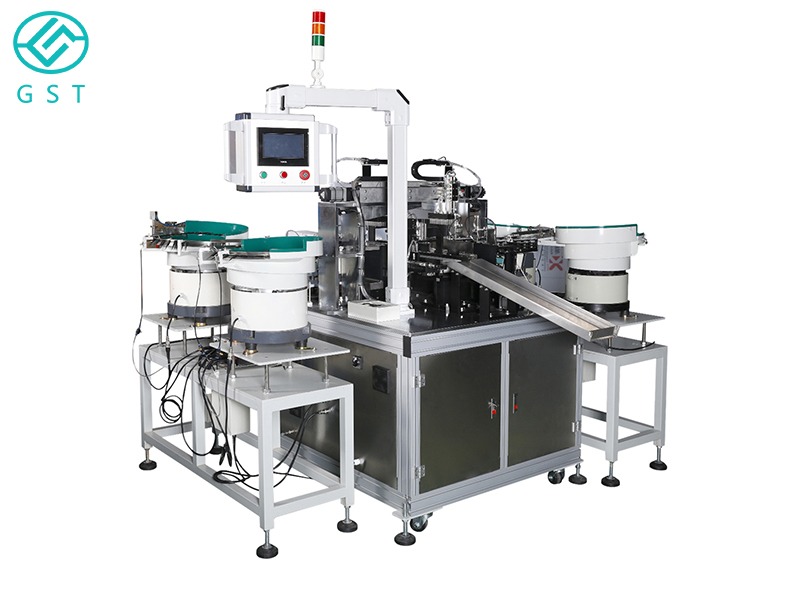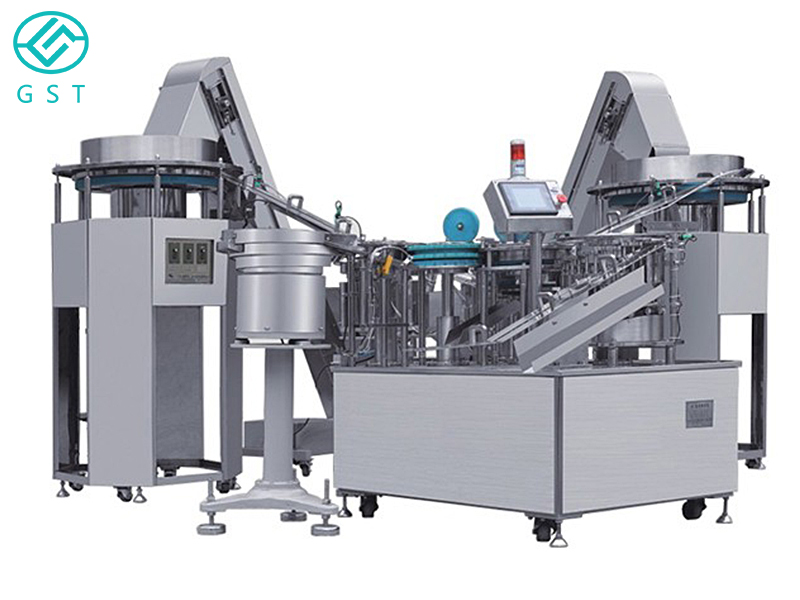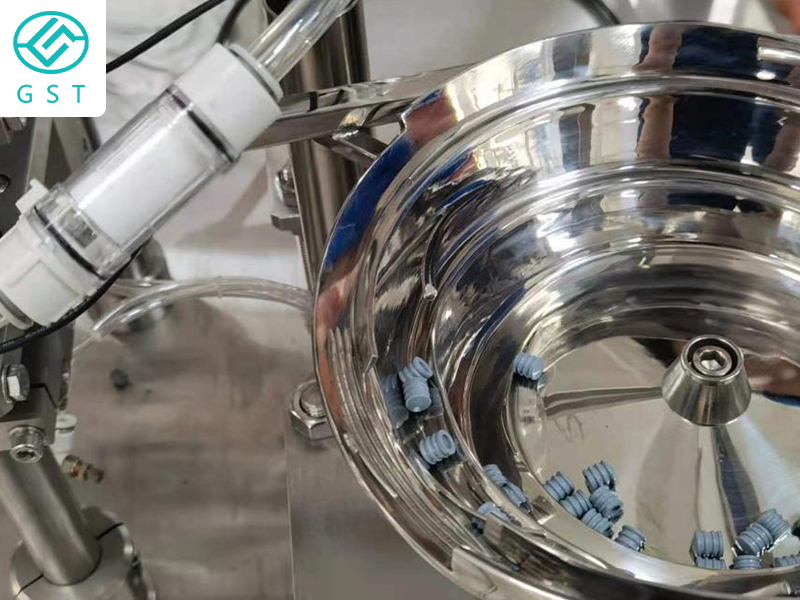Release Date:2023-02-11 10:32:41 Popularity:
At present, the automation equipment we have come into contact with includes: lithium battery, 3C, medical treatment, logistics, food, automobile, etc. There are also many brothers who are engaged in the debugging of automation equipment. The subdivisions are different, and the content, methods and steps of debugging are also different. Please bear with me if the following debugging steps do not apply to your segment and device.

Regarding the debugging steps, after the installation of our equipment is completed and the power is turned on, we will enter the debugging stage. The debugging of automation equipment is generally divided into the following stages:
1. Equipment/system inspection: Check the installed automation equipment or system, mainly to check whether the equipment is installed correctly and meets the process requirements, whether all the screws are locked, check whether all modules move smoothly, and whether there is interference with the mechanism and so on. At the same time, check whether the wiring of the equipment is firm and whether there is any error, especially whether there is any short circuit or missing connection. All inspections are carried out in accordance with the electrical schematic diagram to prevent missing items. At the same time, pay special attention to check whether the grounding of the system is correct.
In order to reduce unnecessary losses, it is necessary to check the voltage of the input power supply before turning on the power to confirm whether it is consistent with the voltage required by the schematic diagram. For expensive electrical components such as PLCs and frequency converters, this step must be carefully implemented to avoid damage to the components due to reverse connection of the input and output of the power supply.
2. Download (import) programs: PLC programs, touch screen programs, display text programs, etc. Import the written program into the corresponding system, and check the alarm of the system. The debugging work will not be very smooth, there will always be some system alarms, usually because the internal parameters are not set or the external conditions are enough to become the conditions for the system alarm. This should be judged based on the experience of the debugger. First, check the wiring again to ensure that it is correct. If the fault alarm cannot be resolved, it is necessary to conduct a detailed analysis of the internal program of the PLC, etc., and analyze it step by step to ensure that it is correct.

3. Single point test: also known as dotting or jogging. After shielding the internal program of the PLC, the debugger conducts strict tests on the input/output of the system through operations such as forced setting/resetting to ensure that all I/O points of the device are functioning normally.
4. Functional test: unlock the shielding of the PLC program in turn, test the system functions item by item, and verify whether the logic of each automation program function module is correct by simulating the operating environment and conditions on site. Such as testing the start, stop and emergency stop conditions of the starter motor. During the debugging process, it is necessary not only to debug the functions of each part, but also to simulate the set alarms to ensure that the real alarms can be realized when the fault conditions are met.
5. Simulation joint debugging: Under the condition that no real load is applied to the automation system, the system is jointly debugged (for example, when the liquid injection machine in the lithium battery production line is debugged, the electrolyte is not injected, but water is used instead). Focus on testing the system's automatic linkage, manual function operation, alarm and emergency stop functions.

6. Light-load joint debugging: carry out low-load debugging on the production line controlled by the automation system. Some colleagues also call this step a running machine with materials to verify the working ability of the system under real conditions. From the slow speed at the beginning, it gradually accelerates to the mass production speed required by customers.
7. Full load debugging and acceptance: Make the system work under the designed full load to test the production capacity of the system. At the same time, the system (project) will be checked and accepted, and the owner's staff will be trained to ensure that the follow-up production personnel can correctly operate and use the machine.